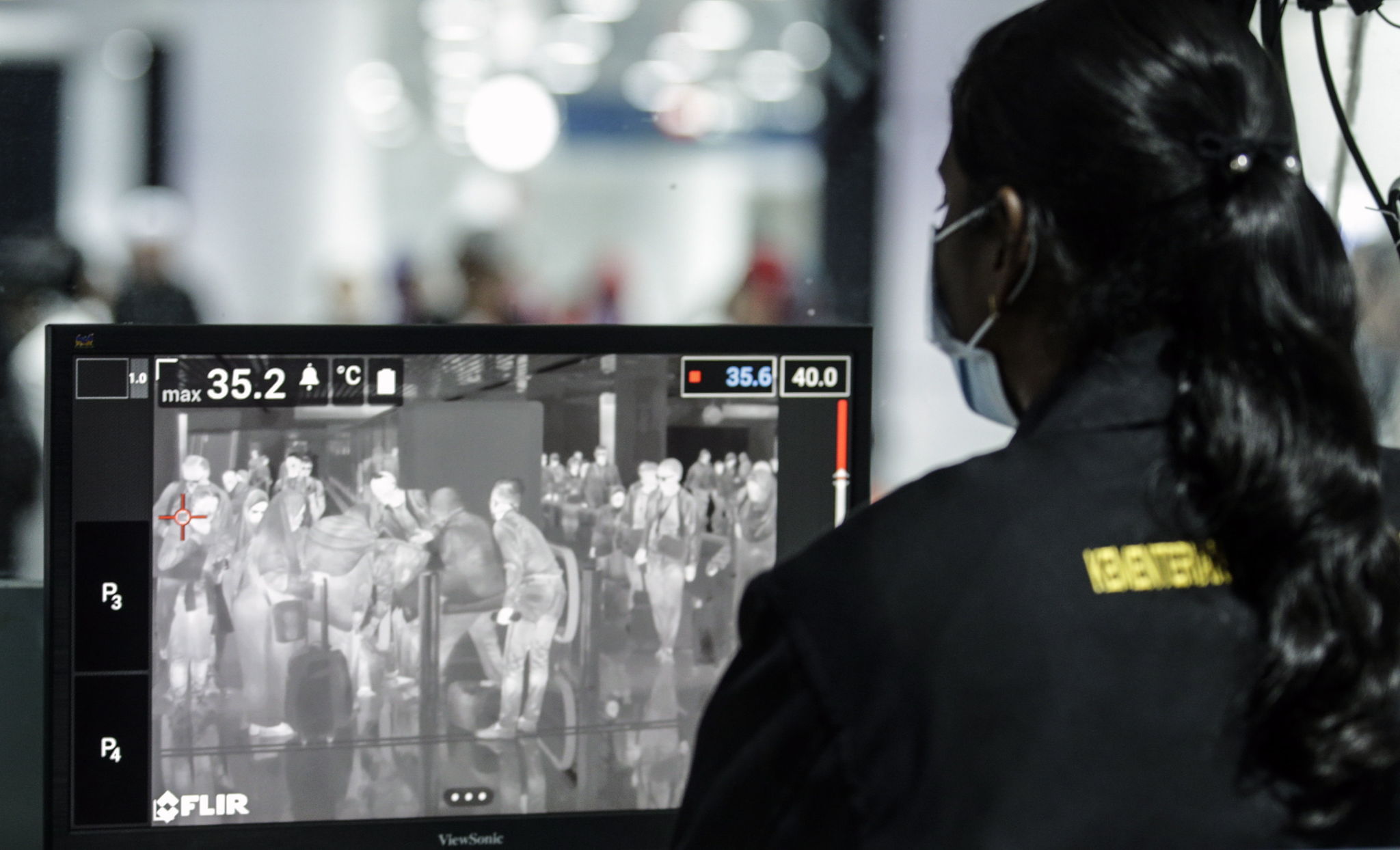Whether or not China's new coronavirus constitutes an international emergency will be determined tomorrow by the World Health Organization (WHO). So far, what is known is that this strange outbreak has already claimed six lives and at least 12 of the 291 infected and hospitalized people are in critical condition. It cannot be ruled out that it becomes a pandemic or that there are cases in Spain. "By demonstrating that it can be transmitted among humans, that the source of the outbreak is still not definitively identified, that there are already cases in other countries - Thailand, Japan, Australia and South Korea - and that the affected cities of China are huge, there is possibility of pandemic, "argues Luis Enjuanes, head of the Coronavirus Laboratory at the National Center for Biotechnology (CNB) of the Higher Council for Scientific Research (CSIC).
To this is added that we are on the eve of the Chinese New Year, in which millions of citizens are expected to travel to their places of origin. In the words of the scientist, "it is the largest movement of human population that occurs on specific dates in the world. Considering that it has already been admitted that it is transmitted from person to person, if infected, these movements increase the danger of contagion . "
For this reason, the Chinese Executive has launched a series of measures at the epicenter of the outbreak: Wuhan, where a series of hospitals and clinics have been designated that will specifically treat patients with the symptoms of the disease. Among others: fever, fatigue, dry cough and sometimes difficulty breathing . In addition, the city will close markets suspected of being related to the outbreak and control of animals will be increased. As WHO has indicated in its Twitter account, "most likely an animal source is the primary source." From there, these microorganisms have undergone several mutations that are responsible for their jump to humans.
The State Council has also decided to have passengers undergo temperature control at airports, ports, bus and train stations, a measure also taken by Hong Kong, which added the obligation to fill in a form with relative information to the health of the traveler.
For its part, Australia, the United States and several Asian countries have joined the control of passengers from the Asian country, such as measuring body temperature, looking for a possible fever, one of the first symptoms of Wuhan pneumonia.
As you can not rule out a possible pandemic, there are no cases of 'Wuhan pneumonia' in Spain. "The Chinese colony in our country begins to be very numerous," recalls the CNB expert of the CSIC. "It would be convenient to do a medical check-up for passengers who come from China, as is being done in the United States."
Can the spread be prevented? In the case of a "city with a high population density, control is very difficult," said Enjuanes. To begin with, "it is essential to definitively identify the source of the outbreak to be able to stop it, it is necessary to increase personal hygiene (hand washing), not to touch mucous membranes (eyes, mouth and nose), so that all hospitals have a diagnostic system PCR gives results in about three hours) to apply it in suspicious cases - for subsequent medical isolation to avoid contagions - and the use of masks. "
In severe acute respiratory syndrome (SARS) of 2002, whose first cases appeared in the Chinese province of Guangdong, " the transmission could occur less than two meters away , so a mask can help prevent breathing or a droplet of saliva reaches the mouth, "explains the CNB scientist.
It should be remembered that this new coronavirus (2019-nCoV) "is very similar to SARS". The genome sequence has already been published and "has more than 80% identity of the genome sequence. There is no doubt that it is a version of the coronavirus of 2002, " said Enjuanes. On that occasion, it spread through 37 countries, infected more than 8,000 people and left 774 deaths. It is Spain, only one possible case was declared that, although it fulfilled the epidemiological criteria of the WHO, did not present any trace of coronavirus in the analyzed samples.
The good news is that 'Wuhan pneumonia' "seems to have less virulence than SARS," says the coronavirus expert. "With SARS, mortality between 15 and 55 years was 10% and 50% from 65 years, depended on age [...] In the case of the new outbreak, there are no clear statistics, but it seems that the most vulnerable population are adults with medical problems. "
For his part, the chief epidemiologist of the Center for Disease Prevention and Control of China, Zeng Guang, is optimistic and, although he does not rule out an increase in contagion, he believes that the SARS chapter will not be repeated. According to experts, this virus does not present a very pronounced clinic and neither a serious respiratory distress.
For now, the European Commission, together with the European Center for Disease Prevention and Control and the Member States, is monitoring the situation and is waiting for the WHO expert meeting.
Meanwhile, at least one North Carolina laboratory and "we [from the CNB coronavirus laboratory] have already started working on vaccines and antivirals for this new virus , just as we did successfully for SARS and MERS."
According to the criteria of The Trust Project
Know more- Science and Health
- Coronavirus
Health: Wuhan's deadly coronavirus, the strange pneumonia that has already left China
Health Joan Massagué's team opens a path for the treatment of cancer metastasis
Health The military laboratory that Podemos wants to become the pharmaceutical company in Spain

